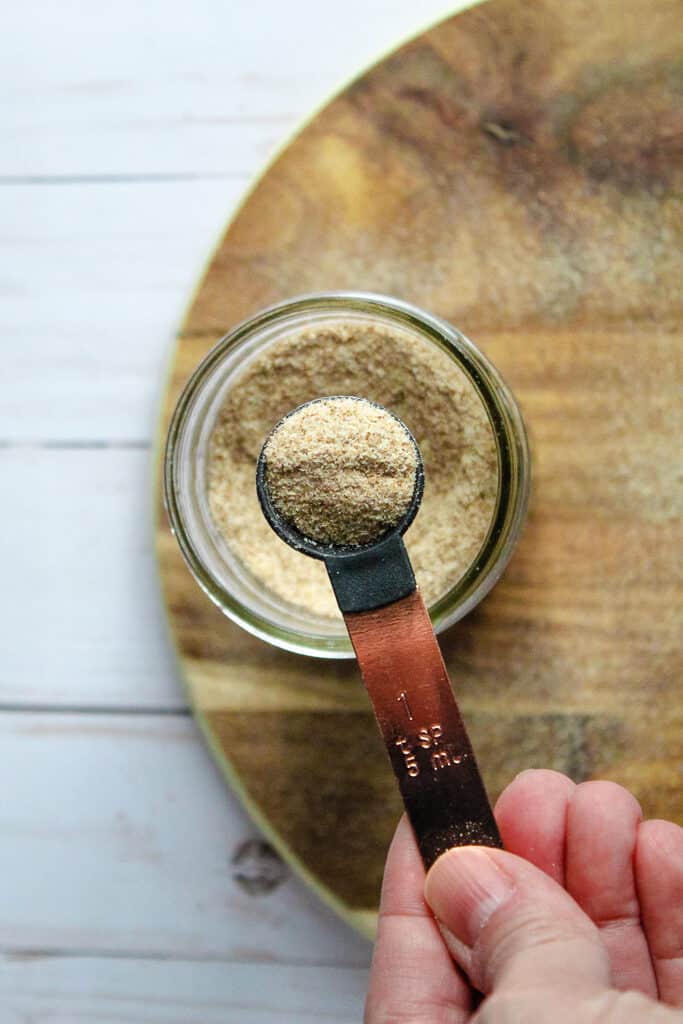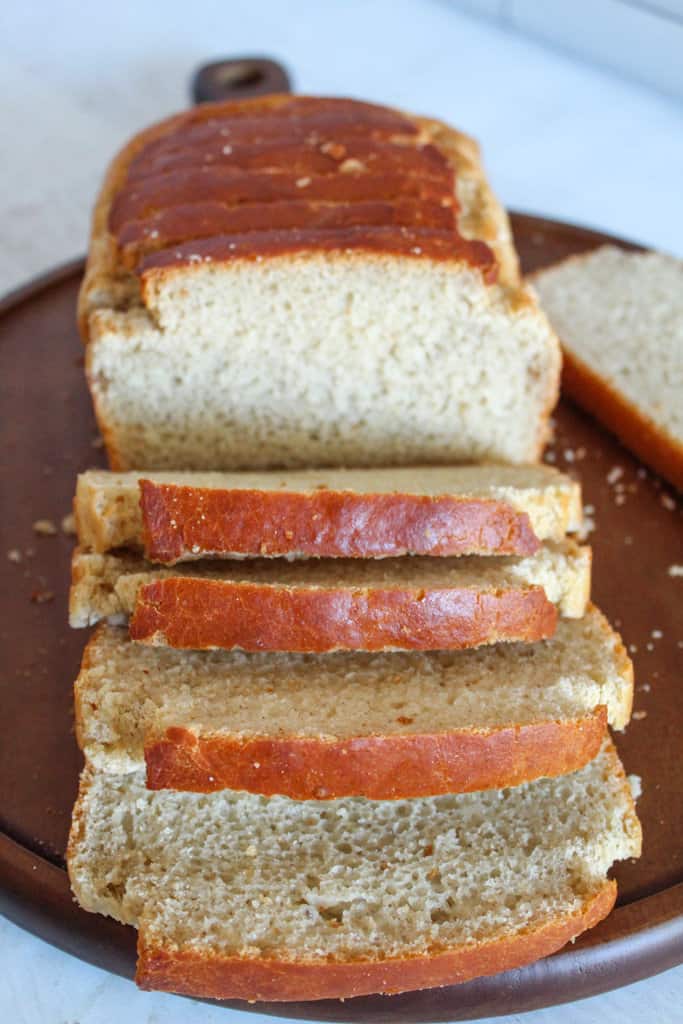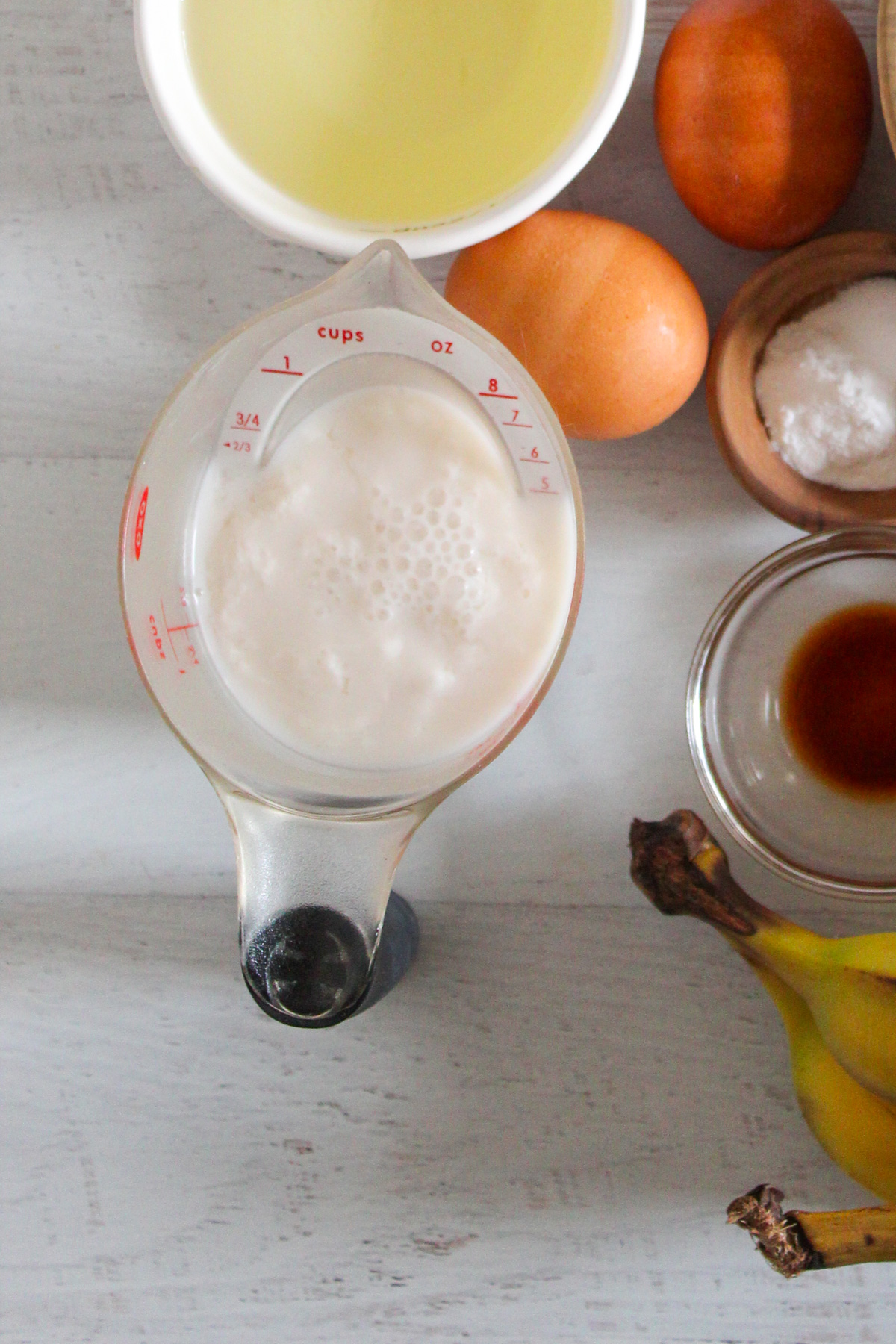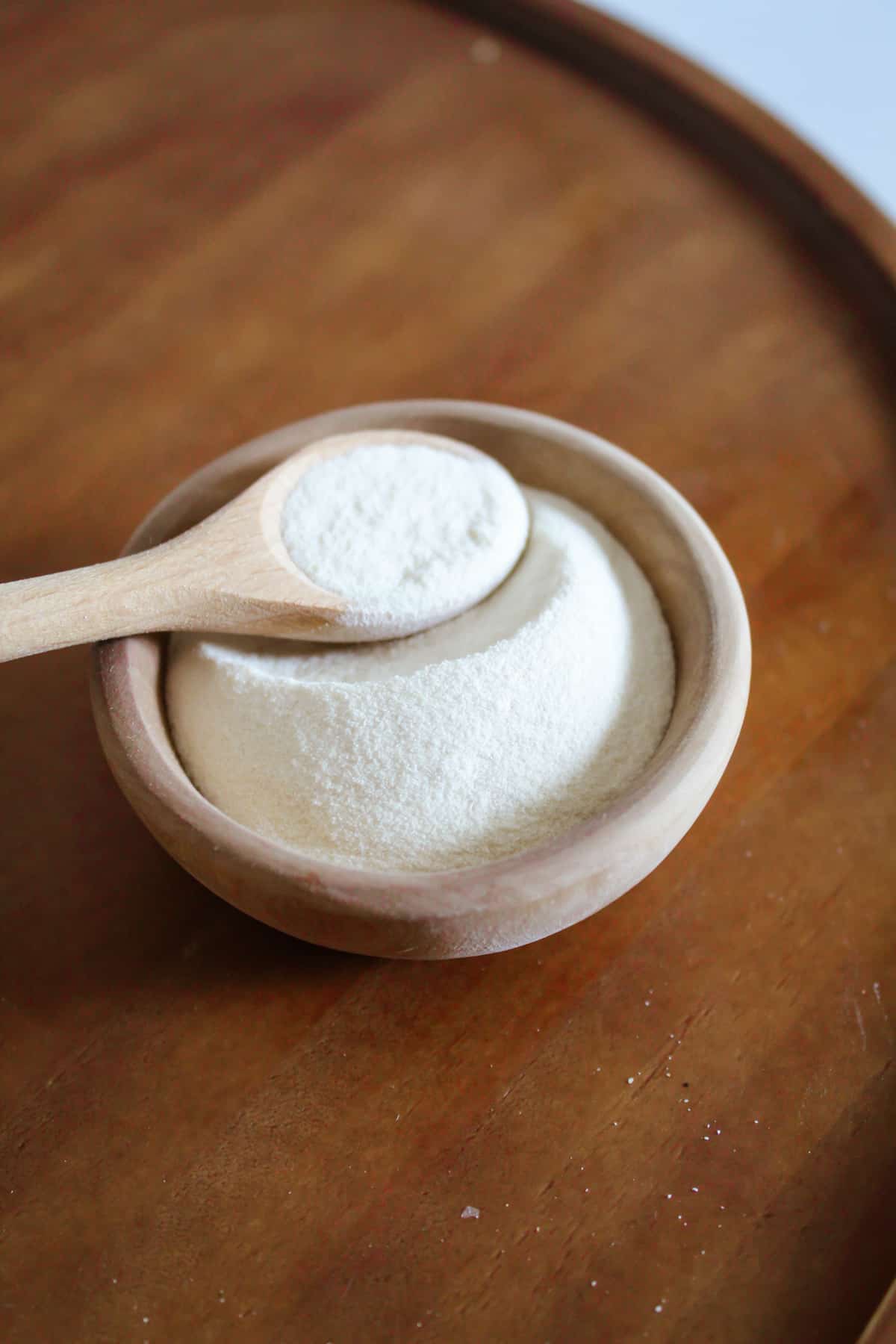Top 5 Brown Rice Flour Substitutes and How To Use Them
In any gluten free recipe, there are many elements to take into account to ensure the perfect outcome. Using the right brown rice flour substitute for your recipe is essential. Find out the best substitute to use for your particular baking recipe!
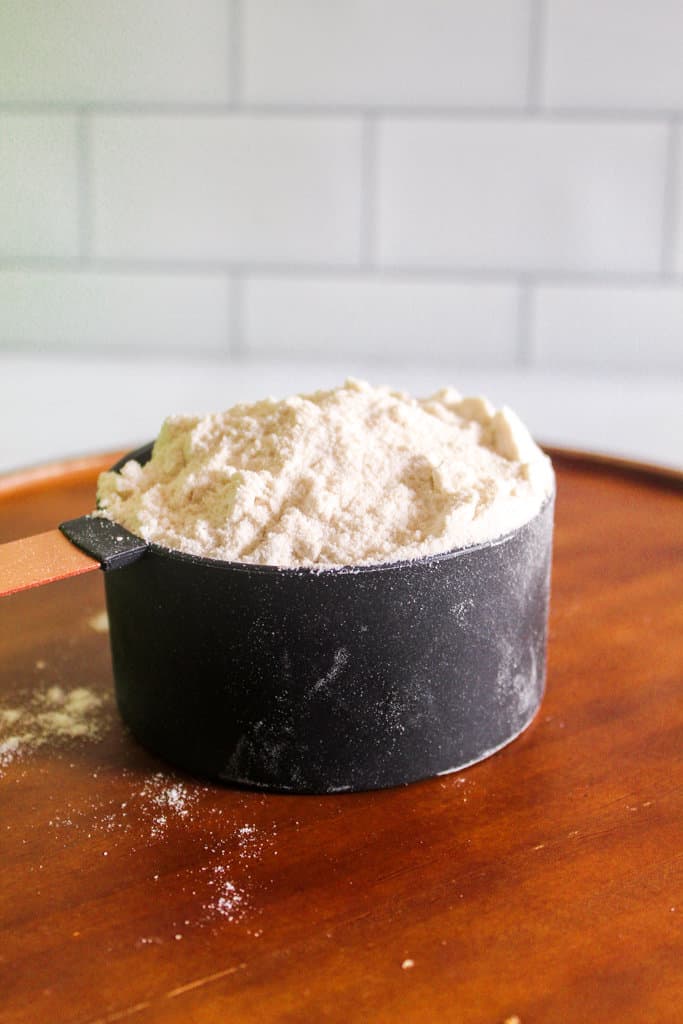
Best Alternatives for Brown Rice Flour
The best substitutes for brown rice flour are ones that are similar in protein and fiber make-up, as seen in this gluten free flour chart. Flours like almond flour, coconut flour, and buckwheat flour are not similar in protein and fiber content, so they are not ideal substitutes. The best rice flour substitutes are:
Table of Contents
- White Rice Flour
- Sorghum Flour
- Oat Flour
- Quinoa Flour
- Amaranth Flour
Rice Flours at a Glance
Brown rice flour is a versatile gluten free flour made from ground whole grain brown rice that has retained the outer bran layer during processing. It has a slightly coarse and gritty texture as well as a mild, slightly nutty flavor that can easily be incorporated into various gluten free flour blends. It also makes it a fantastic gluten-free alternative flour option for those with celiac disease or on a gluten-free diet because it can replace wheat flour in many recipes if needed.
Uses for Brown Rice Flour
Brown rice flour has an overall neutral flavor. It is a popular ingredient commonly used in gluten-free baking. Many gluten-free bread recipes use brown rice flour either as a key ingredient or as part of a gluten-free flour blend – for example, this outback steakhouse copycat bread, this this brown bread quick bread, this banana cake, these rice flour pancakes and even in this pie crust.
Additionally, it works well as a thickening agent in gravies and sauces and as a coating for fried foods. That being said, if you’re in a bind and don’t have any on hand, there are several substitutes for brown rice flour that will yield a similar result.
Tip for Best Results
Keep in mind that not just any flour can be used in place of brown rice flour. Finding an alternative flour that won’t significantly alter the taste and texture of your foods can be a little tricky, so I have compiled a list of the 5 best brown rice flour substitutes that are ideal for all of your gluten free baking needs.
Best Substitutes
There are two important factors to consider when determining which brown rice flour substitutions will produce a similar final result in baking – protein content and fiber content. The amount of fiber and protein varies greatly among different types of flour. As a result, not all flours can be used as an alternative in equal amounts to brown rice flour (see this flour guide for an in depth explanation). Replicating the exact flavor and texture of brown rice flour is no easy task. However, there are a few alternatives that can produce great results.
1. White Rice Flour
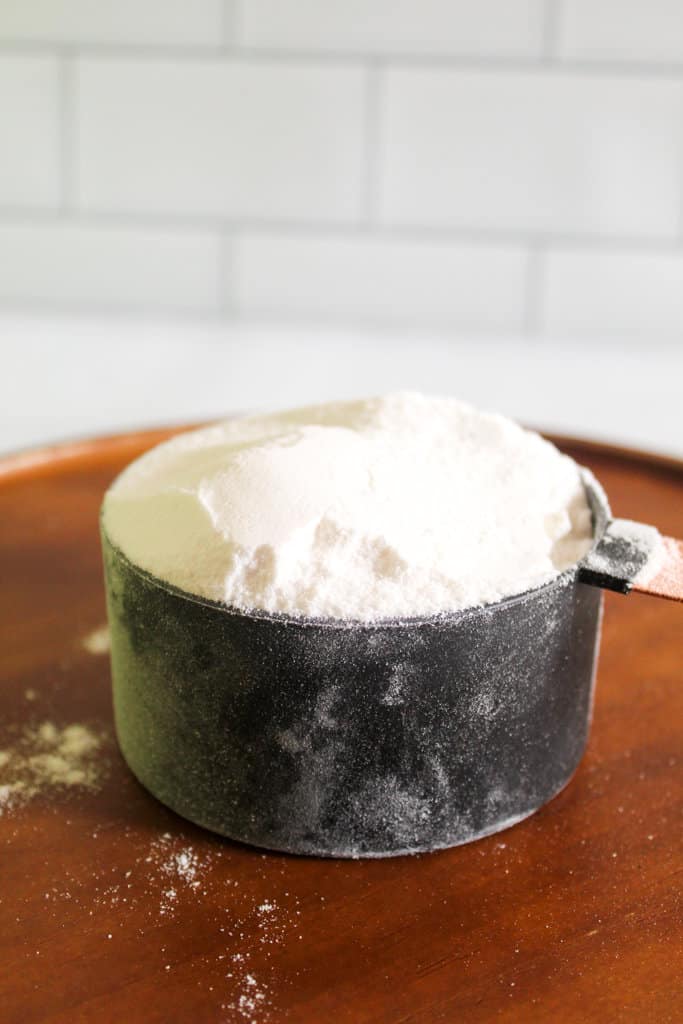
White rice flour is an excellent substitute for brown rice flour. Because they have a comparable amount of fiber and protein, these two flours are virtually interchangeable. This means that they can be used in equal amounts when substituting. White rice flour has a fine, light texture that lends a tender sponginess to baked goods. It’s also easy to grind your own at home with a food processor or coffee grinder.
Like brown rice flour, white rice flour is milled from rice grain. The difference is that white rice flour is made from refined rice grains that have had the outer bran and germ layers removed. This process makes it lighter in color and slightly more neutral in taste. Even though the taste is a bit milder than that of brown rice flour, it is not noticeable in most recipes and works very well in gluten-free baking.
Note: White rice flour is not the same as sweet rice flour or glutinous rice flour, they produce very different results in the final product in your gluten-free recipes.
White rice flour is a very budget friendly type of flour – buying in bulk is the best option. Then check out this post on how to store the flour.
Check out this bread machine recipe using white rice flour.
2. Sorghum Flour
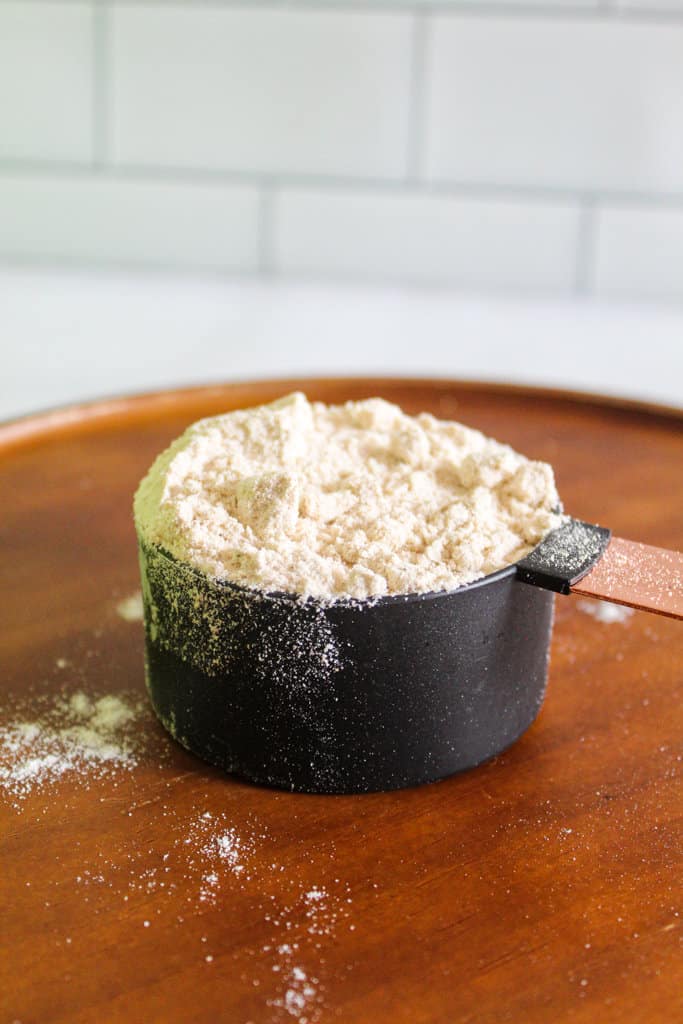
Another excellent alternative to brown rice flour is sorghum flour. It has a very similar nutty, yet mild flavor and a smooth consistency. The density and texture of sorghum flour are similar to that of all-purpose flour. This makes it a great choice for gluten free baked goods such as these blondies, this banana cake, cookies, and this yeast bread. Sorghum is a gluten free cereal grain that is ground into a fine powder to create a soft and slightly clumpy flour that is beige in color.
This flour can be used in various recipes on its own or as part of a flour blend. It’s important to note that sorghum flour has a bit higher protein and fiber content than brown rice flour. If you use solely sorghum flour as a brown rice flour replacement, you’ll want to use an additional binder such as eggs or xanthan gum to prevent your baked goods from being too dry or crumbly.
Buying sorghum flour in bulk here is the most cost effective way to go.
3. Oat Flour
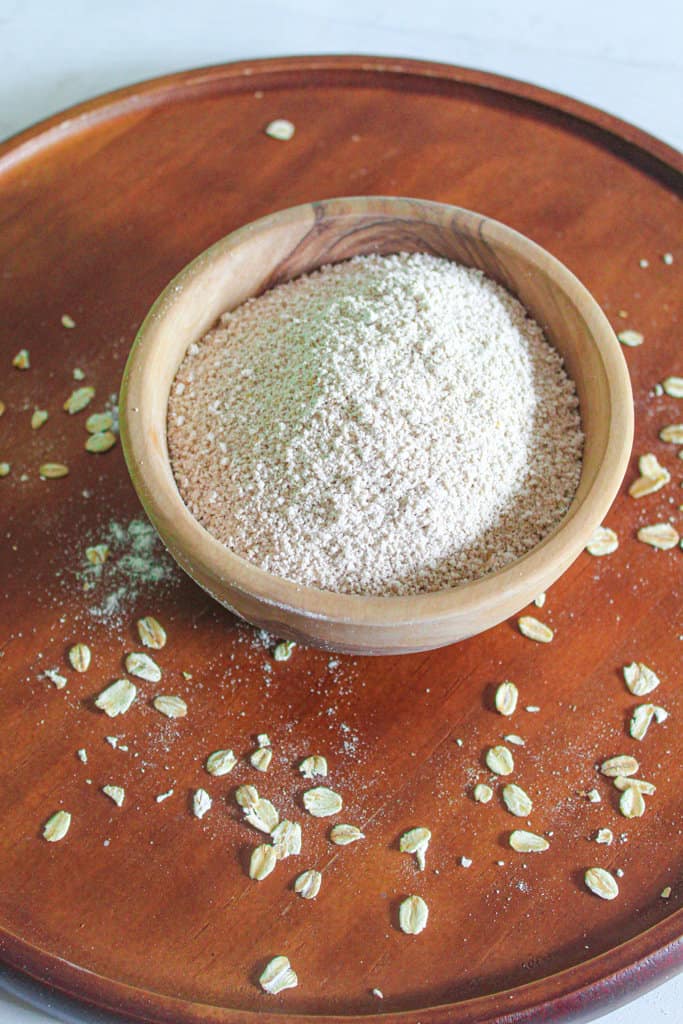
Oat flour is another good substitute for brown rice flour because it contributes a warm, nutty flavor as well as a light and fluffy texture to your baked goods. It resembles brown rice flour in appearance and has a similar consistency as well. It can be used as an equal substitution for brown rice flour.
Oat flour is simply just oats that have been ground down into a fine powder and it is very versatile in baking – check out these oat flour brownies, biscuits, oat bread and these cookies too!
Oat flour is extremely easy to make at home using a high-speed blender or food processor or purchase it here. Remember to always purchase oats and/or oat flour that is labeled as “certified gluten free”.
4. Quinoa Flour
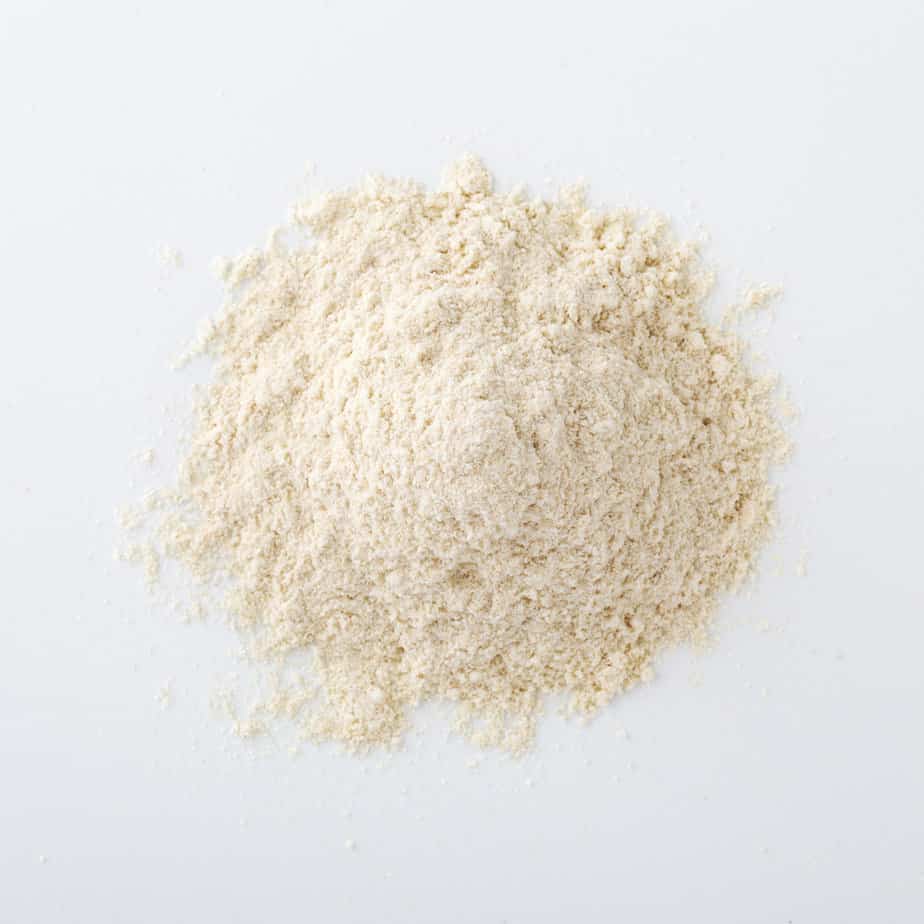
Quinoa flour is also an acceptable replacement for brown rice flour because of its likeness in taste and texture. Both flours also have comparable fiber contents and behave similarly when it comes to binding. Like brown rice flour, quinoa flour is made from a naturally gluten free grain and yields a tender crumb to baked goods.
Quinoa flour is simple to make at home in just two steps. First, toast the raw quinoa seeds and then grind them down to a fine powder using a food processor or coffee grinder. Toasting the quinoa seeds is important because it reduces the amount of bitterness and brings out the rich, nutty flavor. Quinoa flour is also available to purchase here. Beware though, the price of quinoa flour has increased in the past few years so it’s not the most budget friendly substitute.
5. Amaranth Flour
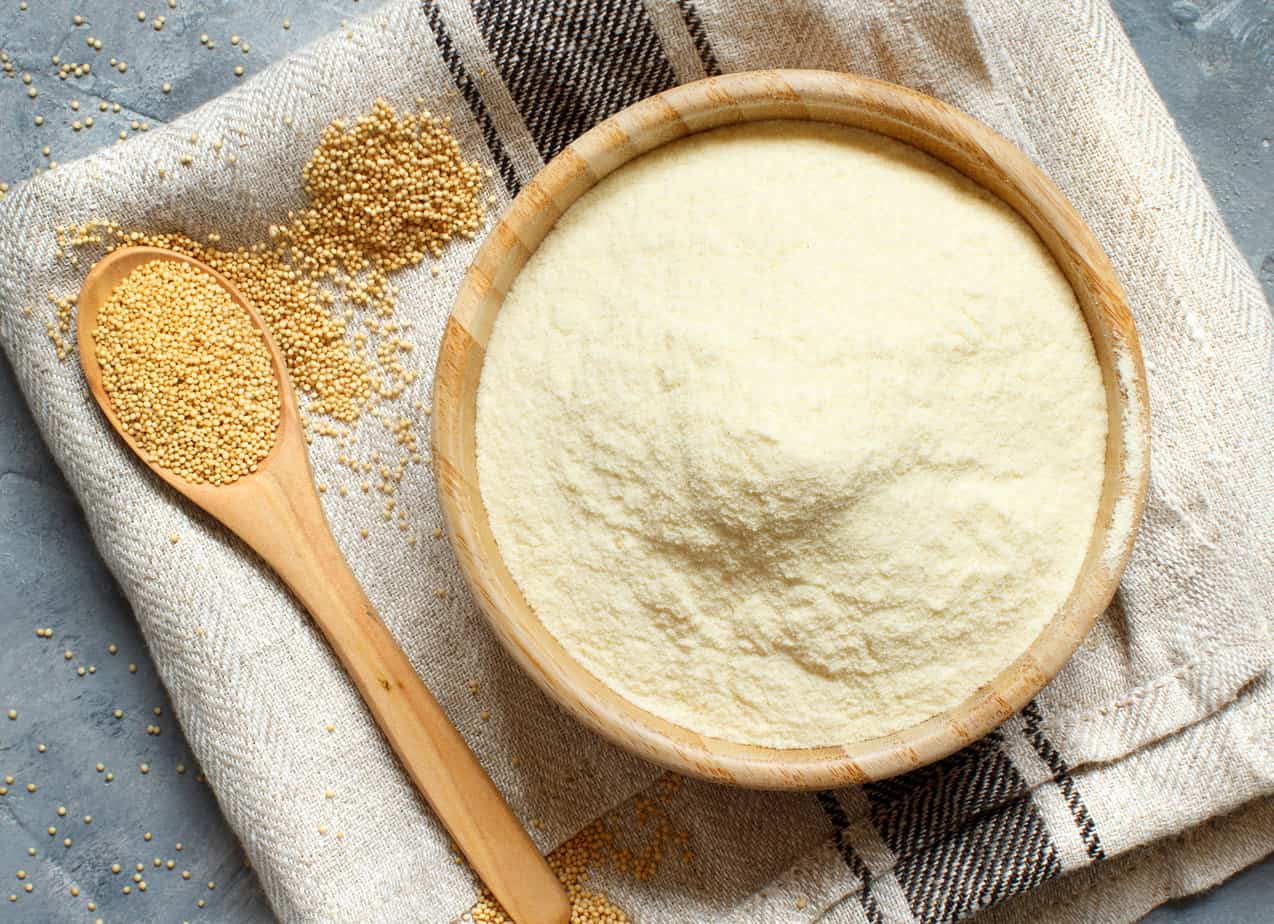
Another brown rice flour substitute is amaranth flour which is a bit higher in fiber and protein than brown rice flour. It works very well in baking recipes because of its fine consistency and mildly sweet nutty flavor. Like many other gluten free flours, amaranth flour can be used on its own or as part of a flour blend for different recipes. It is often used in breads and baked goods or as a thickener in soups and sauces.
Amaranth flour is a gluten free flour made from the seed of the amaranth plant. It can be used as a 1:1 brown rice flour substitute. Because amaranth flour absorbs a lot of liquid, the addition of extra leavening agents may be necessary to keep your baked goods from being too dense.
Like quinoa flour, amaranth flour is a little more costly than other flour, but these prices are definitely better than what you’d find in grocery stores.
More Flour Alternatives
FAQs
Take it from an experienced gluten free baker, starches like tapioca starch, potato starch, and arrowroot starch are not good substitutes for brown rice flour. They do not produce the same results.
The closest flour to brown rice flour is white rice flour or sorghum flour. They are closest in fiber and protein content.
Almond flour is not the same make-up as brown rice flour and cannot be substituted cup-for-cup. Follow this flour guide chart for what can be used as a brown rice flour alternative.
